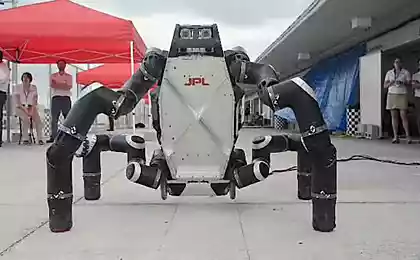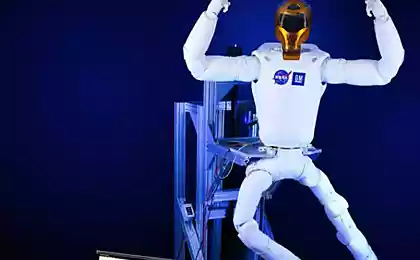1351
NASA provided the Valkyrie - a humanoid robot that will participate in the final competition DARPA
In the final round of competition of robots DARPA robotics challenge, which will be held on 20-21 December, NASA will be presented humanoid robot Valkyrie, heir Robonaut - robot which is already being tested on the ISS. Robonaut was designed to work in conditions of weightlessness - he has no legs, it's just a torso with head and hands. Valkyrie - a full humanoid. His height - 190 cm, weight - 125 kg. The battery lasts for an hour of battery life. In NASA worked on how to ease of use of the robot - can be easily removed and changed not only the battery, but the hands and other major components.
Valkyrie dressed in a suit made of fabric with a soft lining - this is done not only for the additional protection of the robot, but also for the comfort and safety of people who may have to work with him in the cramped space station or Mars base. It Mars - the main goal of developers. As planned by the engineers of NASA, these robots can fly there first people to build a livable space and help the first colonists to expand them.
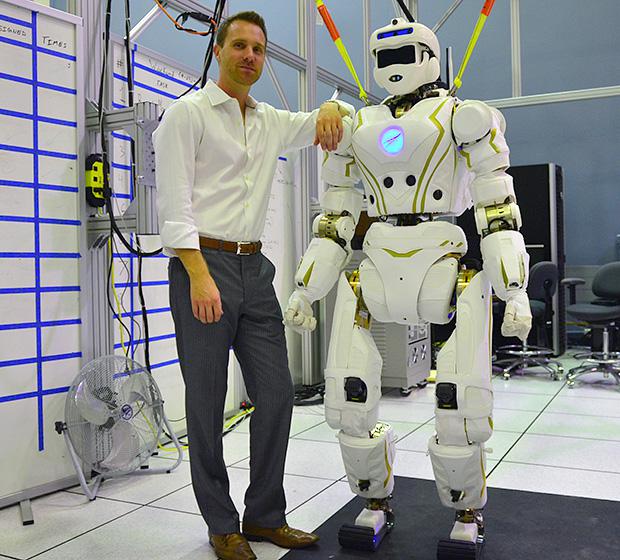
Although competition DARPA has several other goals - namely the creation of robots that will replace humans in dangerous conditions on the ground in areas of natural disasters or accidents, competitive tasks are fairly universal in nature and will be a good test of the ability Valkyrie. The robot has 44 degrees of freedom. At the head mounted cameras and lidar in the abdomen - additional cameras and sonar, besides the camera is on her wrists, thighs and legs of the robot - even in the most remote places he did not have to work blindly.
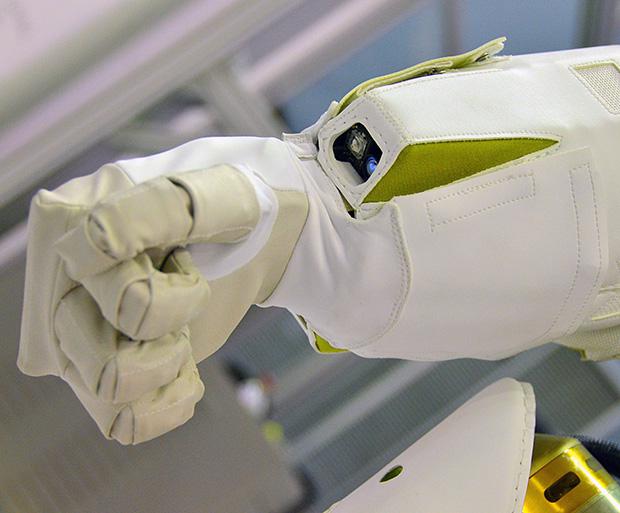
An interesting feature of the robot - the designers certainly tried to give the Valkyrie feminine traits - is hinted at not only the name of the robot, but also the shape of the body. Officially at NASA believed that the Valkyrie - sexless humanoid. Most of the other participants DARPA robotics challenge or do denied symptoms associated with male and female gender, or how robots Boston Dynamics, gravitate to the male image.
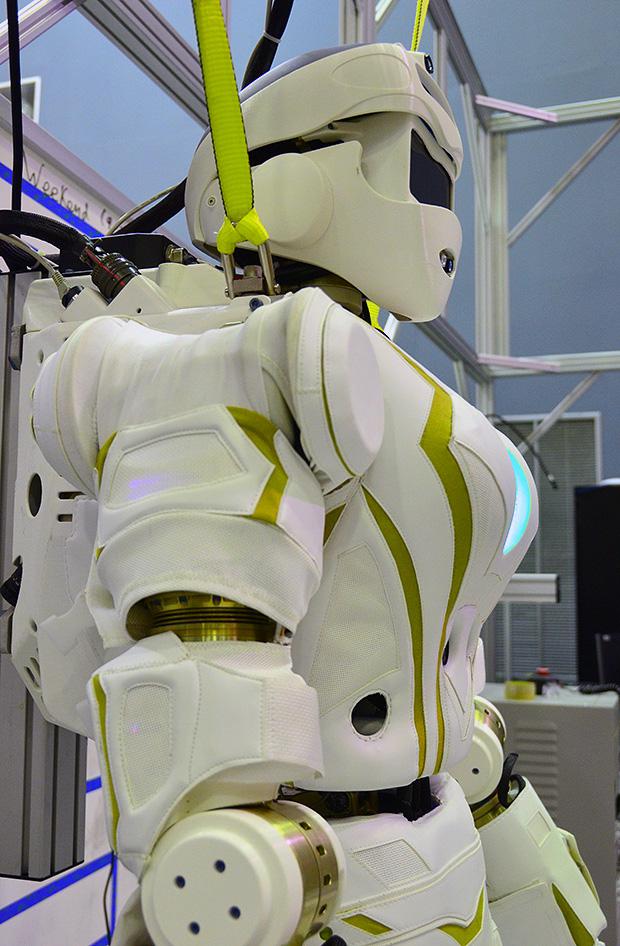
On the creation of Valkyrie has a team of 55 people for 9 months. According to project leader, Nicolaus Radford, development was virtually around the clock, the team members worked in shifts, to have time to finish the robot to the final competition DARPA.
Source: IEEE Spectrum .
Source: habrahabr.ru/post/206130/
Valkyrie dressed in a suit made of fabric with a soft lining - this is done not only for the additional protection of the robot, but also for the comfort and safety of people who may have to work with him in the cramped space station or Mars base. It Mars - the main goal of developers. As planned by the engineers of NASA, these robots can fly there first people to build a livable space and help the first colonists to expand them.

Although competition DARPA has several other goals - namely the creation of robots that will replace humans in dangerous conditions on the ground in areas of natural disasters or accidents, competitive tasks are fairly universal in nature and will be a good test of the ability Valkyrie. The robot has 44 degrees of freedom. At the head mounted cameras and lidar in the abdomen - additional cameras and sonar, besides the camera is on her wrists, thighs and legs of the robot - even in the most remote places he did not have to work blindly.

An interesting feature of the robot - the designers certainly tried to give the Valkyrie feminine traits - is hinted at not only the name of the robot, but also the shape of the body. Officially at NASA believed that the Valkyrie - sexless humanoid. Most of the other participants DARPA robotics challenge or do denied symptoms associated with male and female gender, or how robots Boston Dynamics, gravitate to the male image.

On the creation of Valkyrie has a team of 55 people for 9 months. According to project leader, Nicolaus Radford, development was virtually around the clock, the team members worked in shifts, to have time to finish the robot to the final competition DARPA.
Source: IEEE Spectrum .
Source: habrahabr.ru/post/206130/









